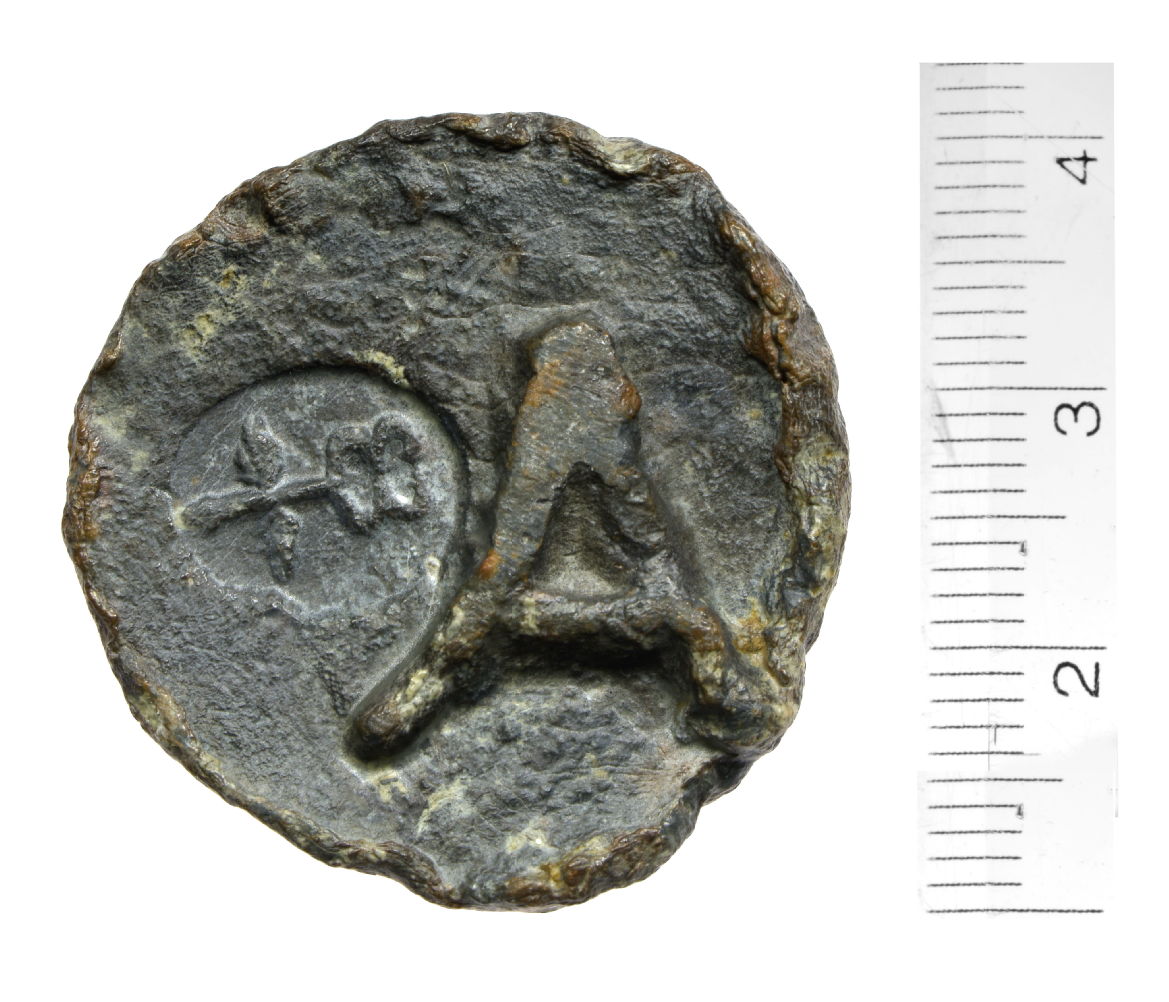Tokens in Athens
Athens is the earliest state of the Ancient Classical World to have minted tokens on a scale unparalleled before.
Athenian tokens are found in three different materials: bronze, clay and lead. They have round flans and they are struck. There are no clues concerning their particular uses. Their devices derive from the common repertoire of the minor arts, often the images tokens carry are identical to the symbols and designs found on coins and gems. A few are inscribed specimens, usually bearing the first letters of words relating to the tribes, the demes, and the council of the city.
Inscriptions and literary sources indicate what tokens in Athens would have been called: sitonikon (= for the distribution of wheat), ekklesiastikon (= to be exchanged for assembly pay), dikastikon (= to be exchanged for a juror's pay), theorikon (= to be exchanged for a seat to watch theatre perfomances and plays). The relevant proper name is of course symbolon, a word meaning originally a half that must be brought closer to its other half in order to gain its full significance.

Lead token with letter Alpha, countermark with winged caduceus. From the North Slope of the Areopagus. The Athenian Agora IL1463.
